Enzymes(酶)
Enzymes are very efficient and specific catalyst proteins which react with 1 or few types of substrates in biochemical reactions and are responsible for bringing about almost all of the chemical reactions in living organisms. Enzymes speed up reactions by providing an alternative reaction pathway of lower activation energy. Without enzymes, reactions take place at a rate far too slow for the pace of metabolism which means that they speed up the chemical reactions in living things.
There are 2 types of enzymes, ones that help join specific molecules together to form new molecules & others that help break specific molecules apart into separate molecules. Enzymes play many important roles ouside the cell as well. One of the best examples of this is the digestive system. For instance, it is enzymes in your digestive system that break food down in your digestive system break food down into small molecules that can be absorbed by the body. Some enzymes in your digestive system break down starch, some proteins and others break down fats. The enzymes used to digest our food are extra-cellular since they are located outside our cells & enzymes inside our cells are intra-cellular enzymes. Enzymes are used in ALL chemical reactions in living things; this includes respiration, photosynthesis, movement growth, getting rid of toxic chemicals in the liver and so on. Enzymes are proteins that must have the correct structure to be active. They are very easily affected by heat, pH and heavy metal ions.
Ribonucleoprotein enzyme catalytic activity is located in the protein part but for some the catalytic activity is in the RNA part. A catalyst is any substance which makes a chemical reaction go faster, without itself being changed. A catalyst can be used over and over again in a chemical reaction and does not get used up.
Enzymes lower the amount of activation energy needed by binding to the reactants of the reaction they catalyze, thus speed up the reaction and can process millions of molecules per second. Enzymes are typically large proteins with high molecular weight that permit reactions to go at conditions that the body can tolerate.
Enzyme nomenclature is based on what the enzyme reacts with & how it reacts along with the ending ase.
Enzymes must get over the activation energy hurdle.
Enzymes change how a reaction will proceed which reduces the activation energy and makes it faster. The more we increase the enzyme concentration the faster the reaction rate for non-catalyzed reactions. Enzymes that are catalyzed reactions also increase reaction rate at higher level of concentration but up to a certain point called Vmax which means that the enzyme has reached its maximum point. The reaction is limited by both the concentrations of the enzyme and substrate. Enzymes as catalysts take part in reactions which provide an alternative reaction pathway. Enzymes do not undergo permanent changes and remain unchanged at the end of the reaction. They only change the rate of reaction, not the position of the equilibrium.Enzymes as catalysts are highly selective by only catalysing specific reactions due to the shapes of the enzyme’s molecule.
Enzymes contain a globular protein part called apoenzyme and a non-protein part named cofactor or prosthetic group or metal-ion-activator. Changes in temperature and pH have great influence on the intra- and intermolecular bonds that hold the protein part in their secondary and tertiary structures.
Examples of cofactors are 1. Prosthetic group that are permanently bound to the enzyme. 2. Activator group which are cations (positively charged metal ions) & temporarily bind to the active site of the enzyme. 3.Coenzymes, usually vitamins or made from vitamins which are not permanently bound to the enzyme molecule, but combine with the enzyme-substrate complex temporarily. Enzymes require the presence cofactors before their catalytic activity can be exerted. This entire active complex is referred to as the holoenzyme.
Without enzymes, our guts would take weeks to digest our food, our muscles, nerves and bones would not work properly and so on…
Main Enzyme category groups:
Oxidoreductases:
All enzymes that catalyse oxido-reductions belong in this class. The substrate oxidized is regarded as a hydrogen or electron donor. The classification is based on 'donor:acceptor oxidoreductase'. The common name is 'dehydrogenase', wherever this is possible; as an alternative, 'acceptor reductase' can be used. 'Oxidase' is used only where O2 is an acceptor. Classification is difficult in some cases, because of the lack of specificity towards the acceptor.
Transferases:
Transferases are enzymes that transfer a group, for example, the methyl group or a glycosyl group, from one compound (generally regarded as donor) to another compound (generally regarded as acceptor). The classification is based on the scheme 'donor:acceptor grouptransferase'. The common names are normally formed as 'acceptor grouptransferase' or 'donor grouptransferase'. In many cases, the donor is a cofactor (coenzyme) that carries the group to be transferred. The aminotransferases constitute a special case.
Hydrolases:
These enzymes catalyse the hydrolysis of various bonds. Some of these enzymes pose problems because they have a very wide specificity, and it is not easy to decide if two preparations described by different authors are the same, or if they should be listed under different entries. While the systematic name always includes 'hydrolase', the common name is, in most cases, formed by the name of the substrate with the suffix -ase. It is understood that the name of the substrate with this suffix, and no other indicator, means a hydrolytic enzyme. It should be noted that peptidases have recommended names rather than common names.
Lyases:
Lyases are enzymes that cleave C-C, C-O, C-N and other bonds by means other than by hydrolysis or oxidation. They differ from other enzymes in that two (or more) substrates are involved in one reaction direction, but there is one compound fewer in the other direction. When acting on the single substrate, a molecule is eliminated and this generates either a new double bond or a new ring. The systematic name is formed according to 'substrate group-lyase'. In common names, expressions like decarboxylase, aldolase, etc. are used. 'Dehydratase' is used for those enzymes that eliminate water. In cases where the reverse reaction is the more important, or the only one to be demonstrated, 'synthase' may be used in the name.
Ligases:
Ligases are enzymes that catalyse the joining of two molecules with concomitant hydrolysis of the diphosphate bond in ATP or a similar triphosphate. 'Ligase' is often used for the common name, but, in a few cases, 'synthase' or 'carboxylase' is used. 'Synthetase' may be used in place of 'synthase' for enzymes in this class.
Products for Enzymes
- 41701(11)
- Activating Transcription Factor(3)
- Adenylate Kinase(10)
- AHCY(3)
- Aldolase(9)
- Asparaginase(5)
- Aurora Kinase(18)
- Beta Lactamase(3)
- Calcium and Integrin Binding(2)
- Calcium/Calmodulin-Dependent Protein Kinase(4)
- Carbonic Anhydrase(49)
- Casein Kinase(36)
- Cathepsin(52)
- Chitinase(5)
- Creatin Kinases(9)
- Cyclin(7)
- Cyclin-Dependent Kinase(18)
- Cyclophilin(23)
- Deaminase(14)
- Decarboxylase(12)
- Dehydrogenase(96)
- Discoidin Domain Receptor Tyrosine Kinase(2)
- DNA Polymerase(4)
- EGF Receptor(3)
- Endonuclease(6)
- Enolase(10)
- Enterokinase(5)
- Epimerase(3)
- Esterase(15)
- FGF Receptors(12)
- FK506 Binding Protein(10)
- Fructosamine 3 Kinase(2)
- Galactosidase(5)
- Glucosidase(32)
- Gluteradoxin(7)
- Glycogen synthase kinase(2)
- Glycosylase(10)
- Glyoxalase(3)
- Granzyme(7)
- Guanylate Kinase(2)
- Heparanase(2)
- Histone Deacetylase(3)
- Hydratase(10)
- Hydrolase(33)
- Hydroxylase(6)
- Isomerase(26)
- Jun N-terminal Kinase(1)
- Jun Proto-Oncogene(2)
- Kallikrein(26)
- Ligase(4)
- Lipase(14)
- Lipocalin(6)
- Lyase(9)
- LYVE1(3)
- Mitogen-Activated Protein Kinase(16)
- MMP(68)
- Mutase(11)
- Natural Enzymes(4)
- Nuclease(18)
- Nucleotidase(4)
- Nudix Type Motif(11)
- Other Enzymes(63)
- Oxidase(23)
- Oxygenase(12)
- Paraoxonase(3)
- Peptidase(41)
- Peroxiredoxin(10)
- Phosphatase(150)
- Phosphorylase(9)
- PI3-kinase(5)
- Polymerase(13)
- PPARG(2)
- Protease(15)
- Proteasome(54)
- Protein Kinase Akt1/PKB alpha(4)
- Protein Kinase-A(7)
- Protein Kinase-C(3)
- Protein Kinases(86)
- Protein Tyrosine Phosphatase(10)
- Reductase(60)
- Secreted Phospholipase A2(10)
- Serine Threonine Kinase(4)
- Sulfatase(8)
- Synthase(23)
- Synthetase(33)
- TGFBR(3)
- TGM2(3)
- TIMP(10)
- TPA(4)
- Transferase(156)
- Tyrosine Kinase(9)
- Ubiquitin Conjugating Enzyme(39)
- Uromodulin(4)
- VEGF Receptors(14)
- Transaminase(19)
- Hexokinase(6)
- TIE1(6)
- Cat.No. 产品名称 Information
-
GP21465
CAS9 S. Pyogenes
CRISPR-Associated Protein-9 Nuclease S. Pyogenes Recombinant

-
GC66033
Casein kinase 1δ-IN-1
Casein kinase 1δ-IN-1 (compound 822) 是酪蛋白激酶 1δ (CK1δ) 的抑制剂,抑制作用大于5%。Casein kinase 1δ-IN-1 可用于神经退行性疾病,如阿尔茨海默病的研究。
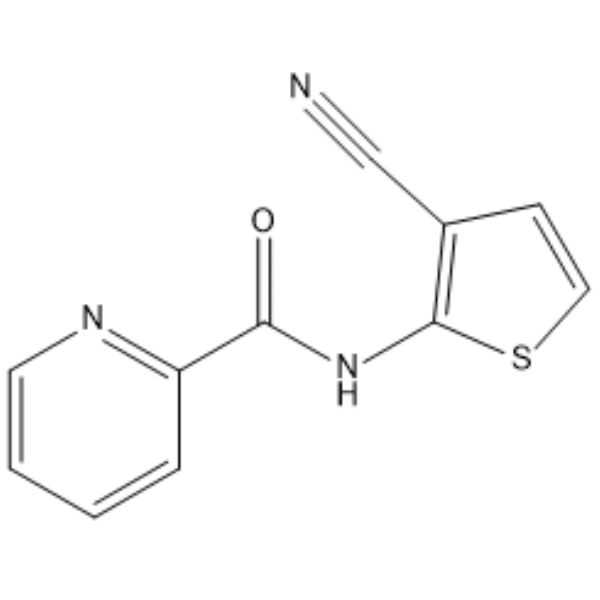
-
GC67775
Casein kinase 1δ-IN-3
Casein kinase 1δ-IN-3 (Compound 23a) 是一种酪蛋白激酶 1δ (CK1d) 抑制剂,pIC50 为 6.5376 M。
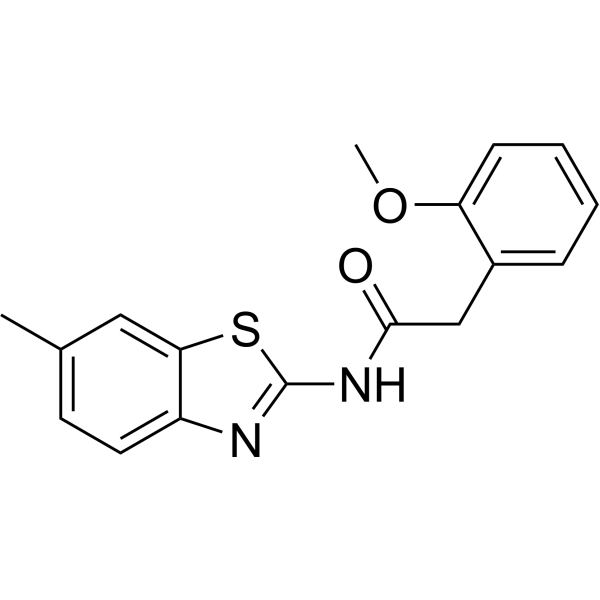
-
GC71277
Casein kinase 1δ-IN-6
Casein kinase 1δ-IN-6是一种有效的选择性蛋白激酶CK-1δ抑制剂,IC50为23 nM。
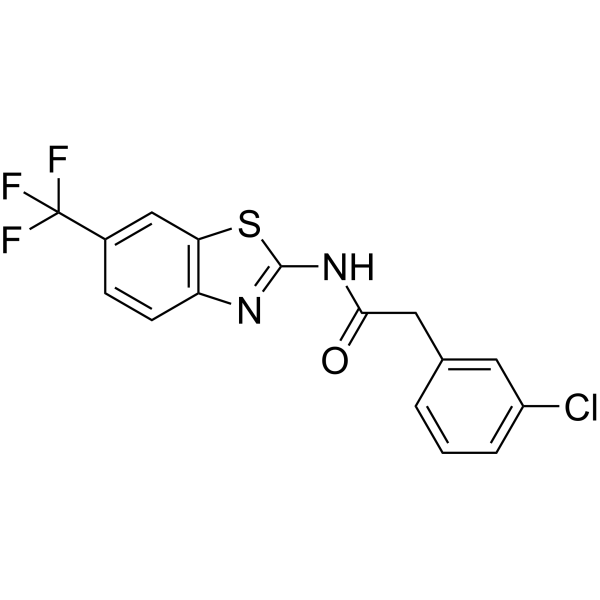
-
GC72207
Casein Kinase 2 Substrate Peptide
Casein Kinase 2 Substrate Peptide是一种常见的CK2底物肽。
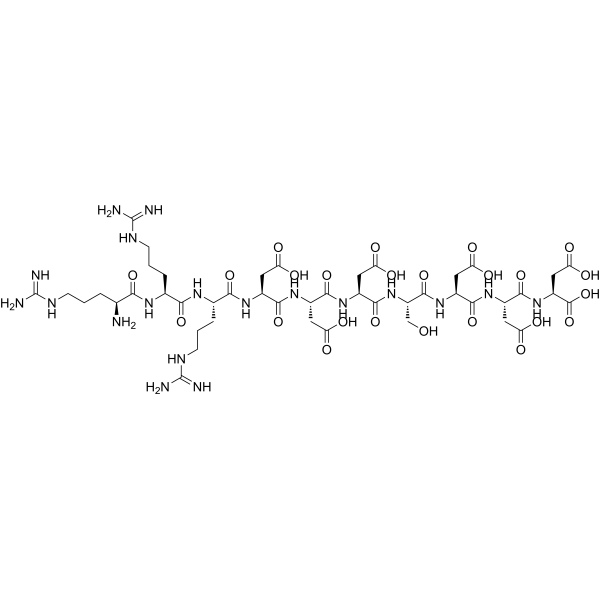
-
GC62442
Casein Kinase inhibitor A51
Casein Kinase inhibitor A51 是一种有效且具有口服活性的酪蛋白激酶 1α (CK1α) 抑制剂。Casein Kinase inhibitor A51 可诱导白血病细胞凋亡 (apoptosis),并具有有效的抗白血病活性。
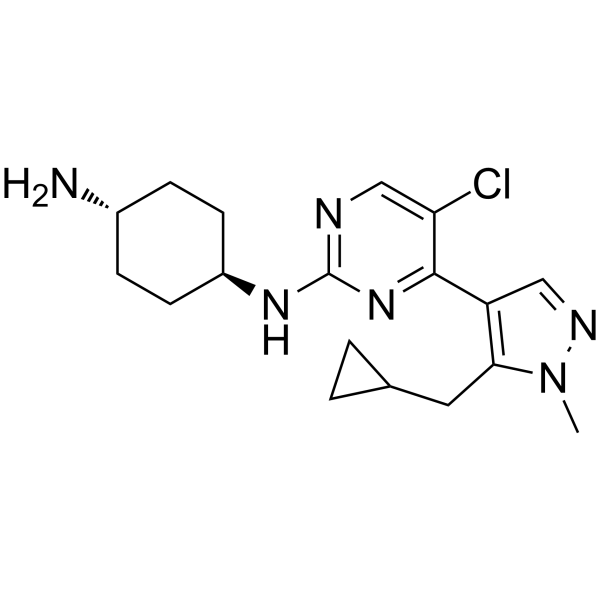
-
GC63463
Casein Kinase inhibitor A86
Casein Kinase inhibitor A86 是一种有效且具有口服活性的酪蛋白激酶 1α (CK1α) 抑制剂。Casein Kinase inhibitor A86 还抑制 CDK7 (TFIIH) 和 CDK9 (P-TEFb)。Casein Kinase inhibitor A86 可诱导白血病细胞凋亡 (apoptosis),并具有有效的抗白血病活性。

-
GP21463
CASP2 Human
Caspase 2 Apoptosis-Related Cysteine Peptidase Human Recombinant

-
GP21464
CASP3 Human
Caspase 3 Apoptosis-Related Cysteine Peptidase Human Recombinant

-
GP26136
CASP3 Human, Sf9
CASP3 Human produced in Sf9 Baculovirus cells is a single, glycosylated polypeptide chain containing 256 amino acids (29-277 a

-
GC72043
Casuarictin
Casuarictin是一种有效的α-葡萄糖苷酶抑制剂,IC50为0.21 μg/mL。
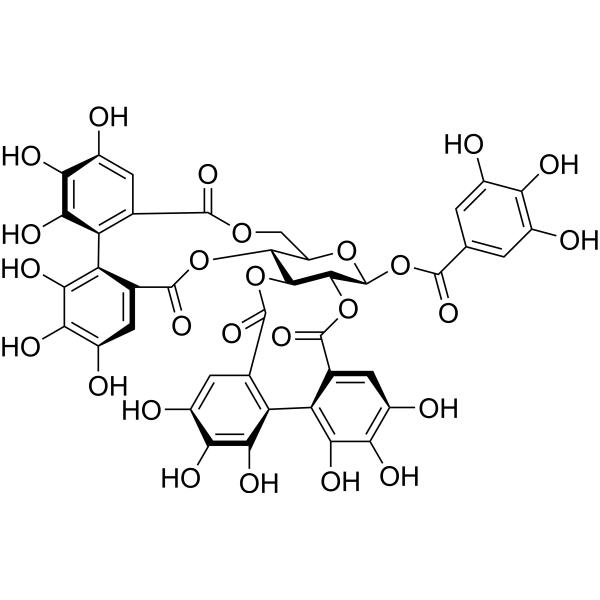
-
GP21466
CAT Human
Catalase Human Recombinant

-
GC65998
Cathepsin C-IN-5
Cathepsin C-IN-5 (compound SF38) 是一种有效的、选择性的和具有口服活性的 组织蛋白酶 C 抑制剂,Cat C、Cat L、Cat S、Cat B、Cat K 的 IC50s 分别为 59.9 nM, 4.26 µM、>5 µM、>5 µM、>5 µM。Cathepsin C-IN-5 抑制骨髓和血液中的 Cat C 活性。Cathepsin C-IN-5 降低 NSP(中性粒细胞丝氨酸蛋白酶)的活化。Cathepsin C-IN-5 具有抗炎活性。

-
GC62889
Cathepsin D and E FRET Substrate acetate
Cathepsin D and E FRET Substrate acetate 为 cathepins D 和 E 的荧光底物 (fluorogenic substrate),而不是 B、H 或 I 的荧光底物,它的裂解发生在 Phe-Phe 酰胺键处。Cathepsin D and E FRET Substrate 是用于组织蛋白酶 D 和组织蛋白酶 E 的常规检测和机制研究的有用工具。(激发波长:328 nm; 发射波长:393 nm)
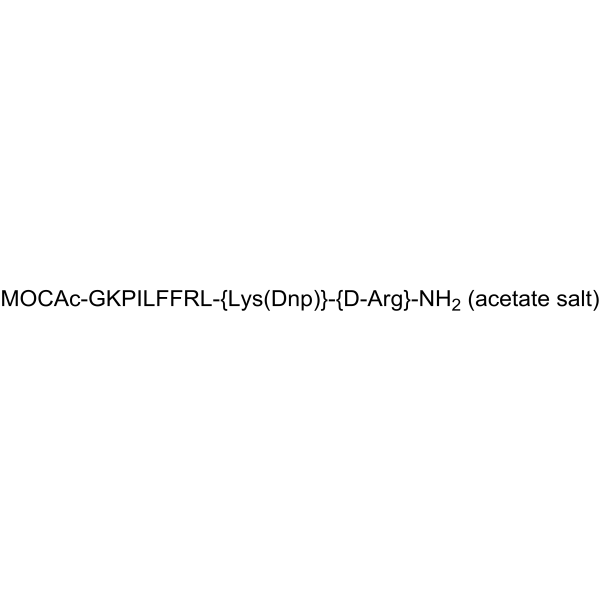
-
GC71006
Cathepsin K inhibitor 6
Cathepsin K inhibitor 6(化合物19)是组织蛋白酶K(Cat K)的抑制剂,IC50为17nM。
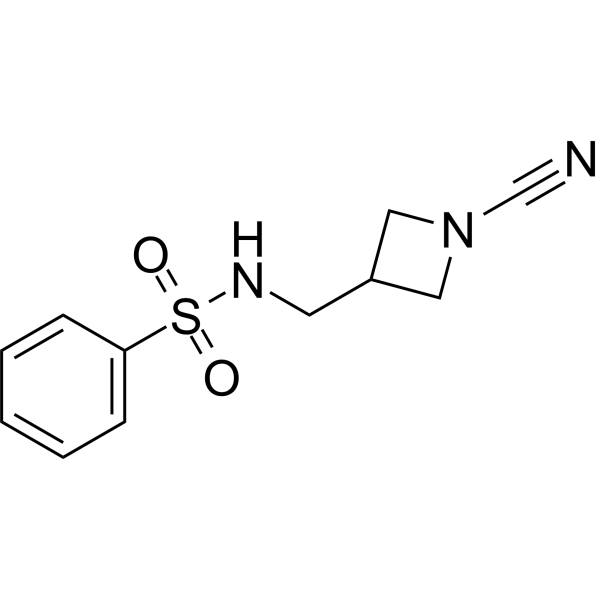
-
GC68836
Cathepsin X-IN-1
Cathepsin X-IN-1 (compound 25) 是一种有效的 组织蛋白酶 X 抑制剂,IC50 为 7.13 µM。Cathepsin X-IN-1 降低 PC-3 细胞迁移且具有低细胞毒性。
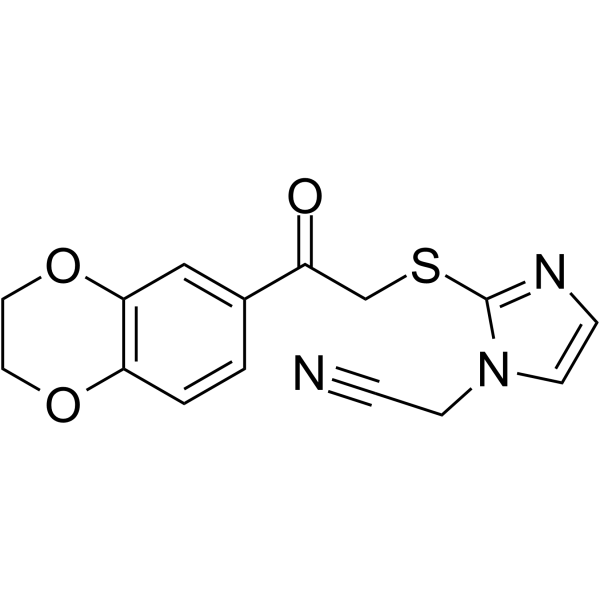
-
GC40515
CAY10577
A CK2 inhibitor

-
GC43177
CAY10578
A potent and selective CK2 inhibitor

-
GP21467
CBR1 Human
Carbonyl Reductase-1 Human Recombinant

-
GP21468
CBR3 Human
Carbonyl Reductase-3 Human Recombinant

-
GP21469
CBR4 Human
Carbonyl Reductase-4 Human Recombinant

-
GP21470
CCBL1 Human
Cysteine Conjugate-Beta Lyase Cytoplasmic Human Recombinant

-
GP22433
CCNA2 Human
Cyclin-A2 Human Recombinant

-
GP22434
CCNB1 Human
Cyclin-B1 Human Recombinant

-
GP22435
CCNB2 Human
Cyclin-B2 Human Recombinant

-
GP22988
CCND2 Human
Cyclin D2 Human Recombinant

-
GP22989
CCNG1 Human
Cyclin G1 Human Recombinant

-
GP22436
CCNH Human
Cyclin-H Human Recombinant

-
GP22437
CCNI Human
Cyclin-I Human Recombinant

-
GC62189
CD532 hydrochloride
An inhibitor of Aurora A kinase activity and the Aurora A-N-Myc protein-protein interaction
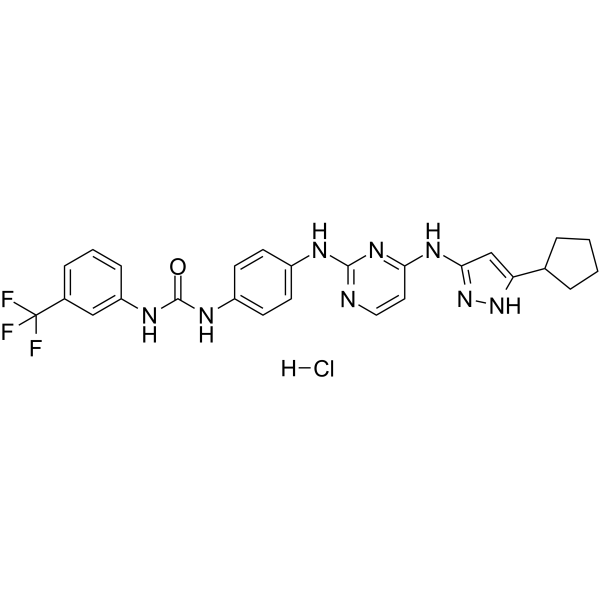
-
GP21471
CDA Human
Cytidine Deaminase Human Recombinant

-
GC62892
CDC25B-IN-2
BIA (TMBIM6 antagonist BIA), a potential TMBIM6 antagonist, is an inhibitor of the interaction between TMBIM6 (Transmembrane B cell lymphoma 2-associated X protein (BAX) inhibitor motif-containing 6) and mTORC2, which ultimately blocks AKT activation and cancer progression.
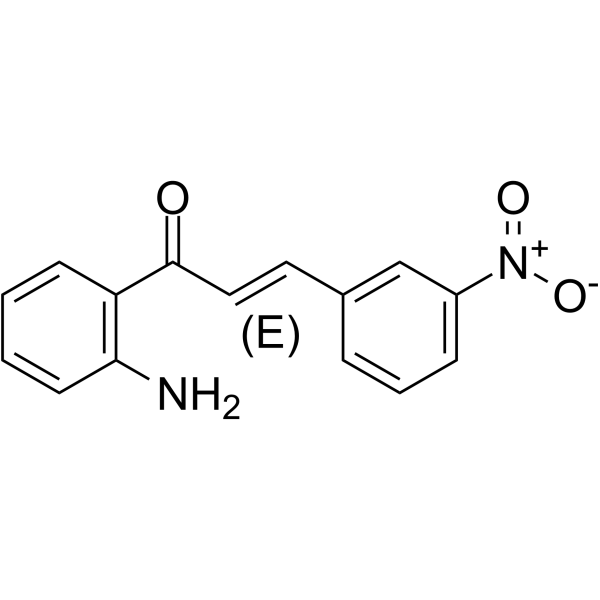
-
GP22445
CDK-4 Human
Cyclin-Dependent Kinase 4 Human Recombinant

-
GP22441
CDK1 Human
细胞周期蛋白依赖性激酶 1 人类重组

-
GP22440
CDK1 Human, Sf9
Cyclin-Dependent Kinase 1 Human Recombinant, Sf9

-
GP22448
CDK16 Human
Cyclin-dependent kinase 16 Human Recombinant

-
GP22443
CDK2 Human
Cyclin-Dependent Kinase 2 Human Recombinant

-
GP22442
CDK2 Human, Sf9
Cyclin-Dependent Kinase 2 Human Recombinant, Sf9

-
GP22438
CDK2AP1 Human
Cyclin-Dependent Kinase 2 Associated Protein 1 Human Recombinant

-
GP22439
CDK2AP2 Human
Cyclin-Dependent Kinase 2 Associated Protein 2 Human Recombinant

-
GP22444
CDK3 Human
Cyclin-Dependent Kinase 3 Human Recombinant

-
GP22446
CDK5 Human
Cyclin-dependent Kinase 5 Human Recombinant

-
GP22447
CDK5 Human, Sf9
Cyclin-Dependent Kinase 5 Human Recombinant,Sf9

-
GP22449
CDKN1A Human
Cyclin-Dependent Kinase Inhibitor 1A Human Recombinant

-
GP22450
CDKN1B Human
Cyclin-Dependent Kinase Inhibitor 1B Human Recombinant

-
GP22451
CDKN2C Human
Cyclin-Dependent Kinase Inhibitor 2C Human Recombinant

-
GP22452
CDKN3 Human
Cyclin-Dependent Kinase Inhibitor 3 Human Recombinant

-
GP21474
CDO1 Human
Cysteine Dioxygenase Human Recombinant

-
GP21475
CEL Human
Carboxyl Ester Lipase Human

-
GP26137
CEL Mouse
CEL Mouse produced in Sf9 Baculovirus cells is a single, glycosylated polypeptide chain containing 585 amino acids (21-599 aa) and having a molecular mass of 64





